The Last Tattooed Face Woman of Chin Tribe at Mindat-Myanmar

Mindat is a district in Chin state in western Myanmar, located at 4,860 feet above sea level and around 5 to 7 hours drive from Bagan.
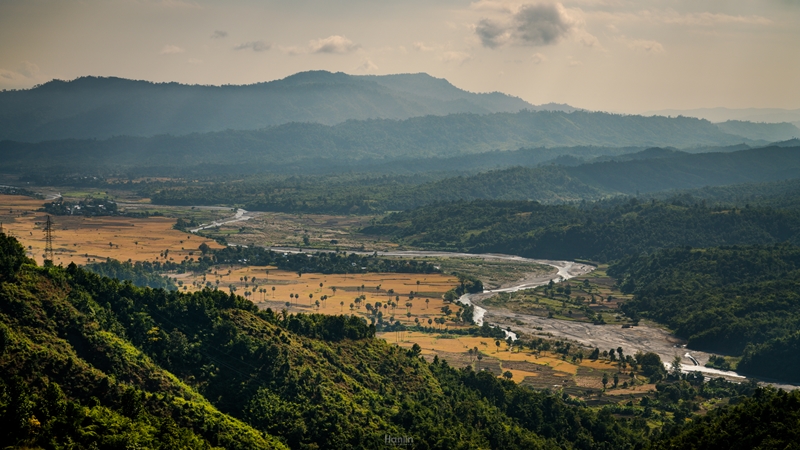
The remote tribal Mindat area was previously forbidden by the Burma government but is now open to tourists.
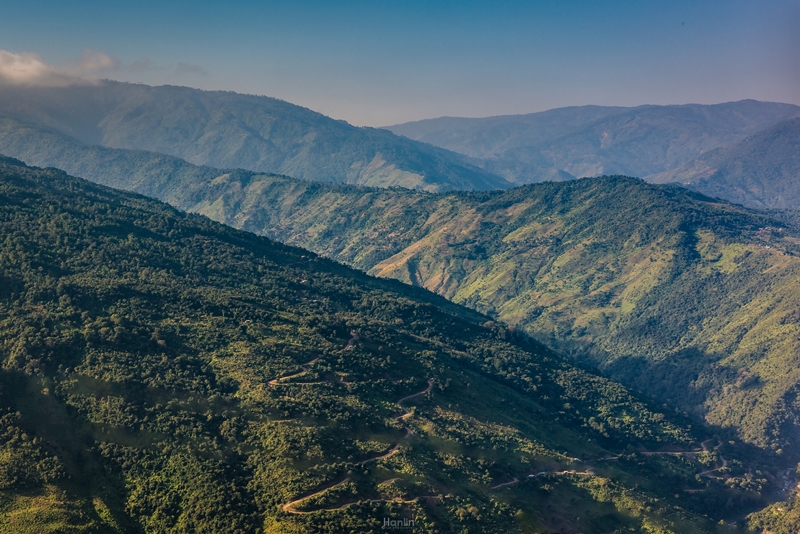
Mindat is a town noted for its unspoiled traditional culture, and it is here that you can meet the intriguing face tattooed women that made this location famous around the world.

A very beautiful sunrise view from the room
Tattooing on the face of women was a tradition among the Chin people of the Southern Chin Hills.
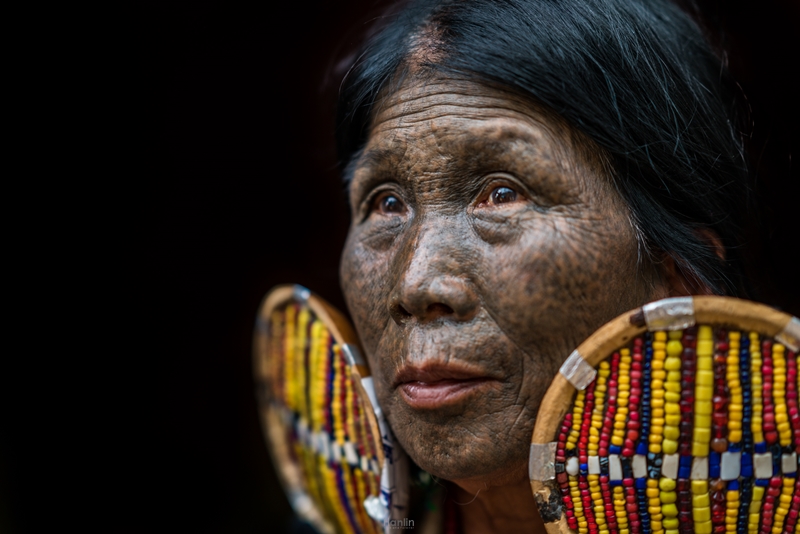
There are several stories about the origins of Chin tattoos, one of which is that these tribes originally began to ink their faces as a manner of disfiguring their attractiveness; they had little choice but to damage their beauty in order to avoid being kidnapped or picked as concubines by the Burmese monarchs. According to another tradition, they were tattooed differently to allow identification with their tribe of origin in the event that they were kidnapped by another tribe. Another reason is that they believed a facial tattoo would make them more gorgeous and alluring to most young men. Although no one could verify the veracity of this story.
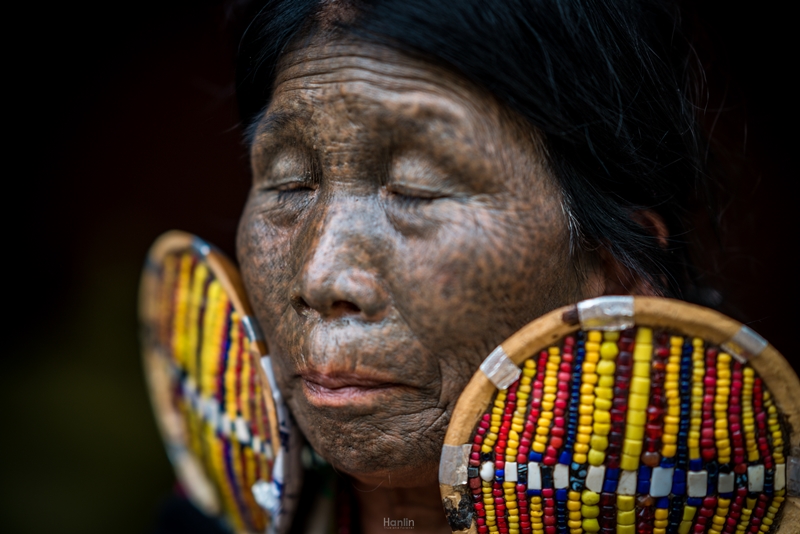
The tattooing was excruciatingly painful, especially on the sensitive eyelid area. The process generally takes one day, however it might be prolonged to two days if necessary. The healing period could last at least two weeks. The facial tattoos are created by burning the bark of green pine trees and collecting the resulting smoke in a mud pot. The smoke is then combined with a type of bean leaf, and the resulting liquid is injected under the skin with a cane plant thorn.
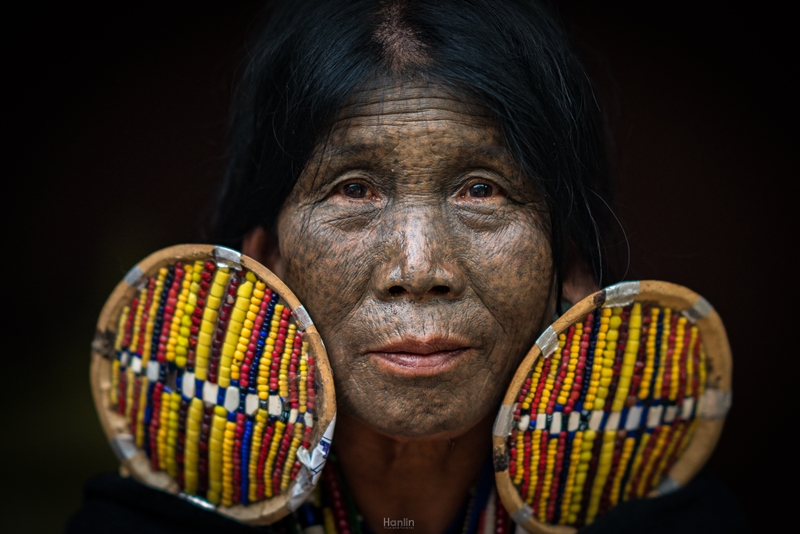
Burmese authorities have prohibited the practice of facial tattooing. The practice has been illegal since the 1960s, but some people continued to engage in it until the 1980s. As a result, this aspect of Chin culture will vanish shortly.
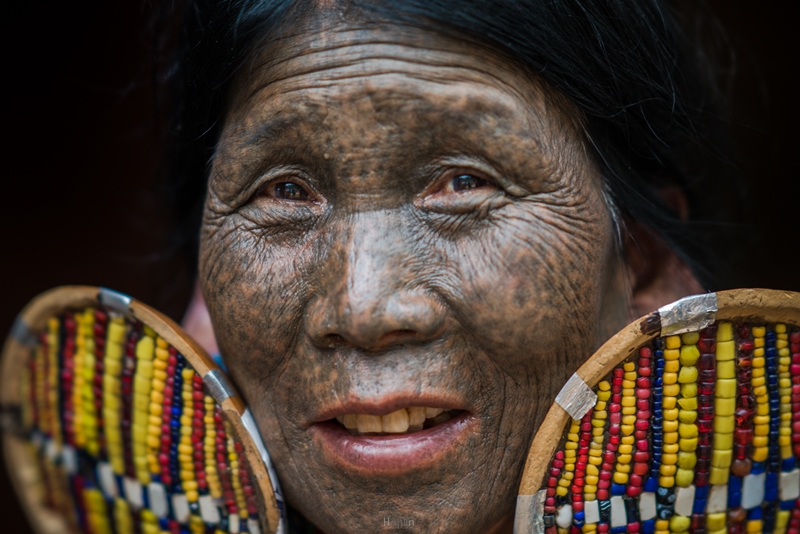
The last surviving tribeswomen with these exquisite tattoos on their faces. The procedure for tattooing the face is both unpleasant and risky. Several people died as a result of the virus. These are stunning, proud, and courageous women.
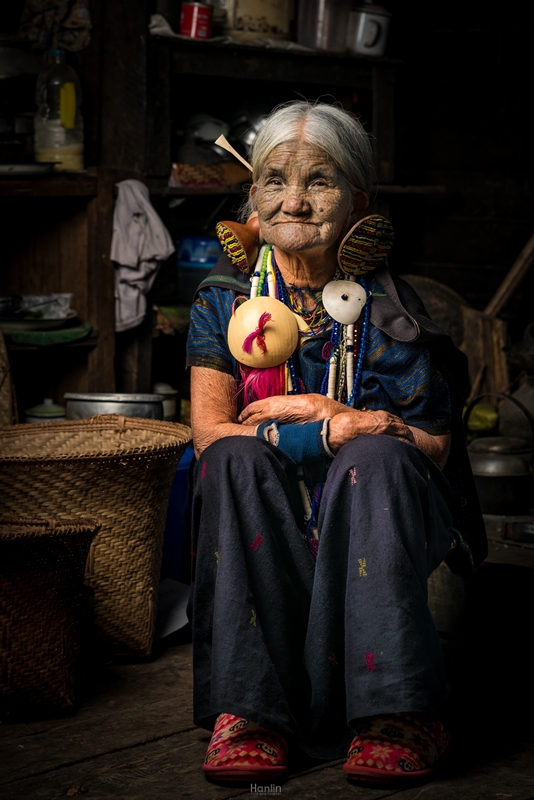
Meet Daw Yaw Hting, a 90-year-old woman who is one of the last tattooed face women and nose flute players.
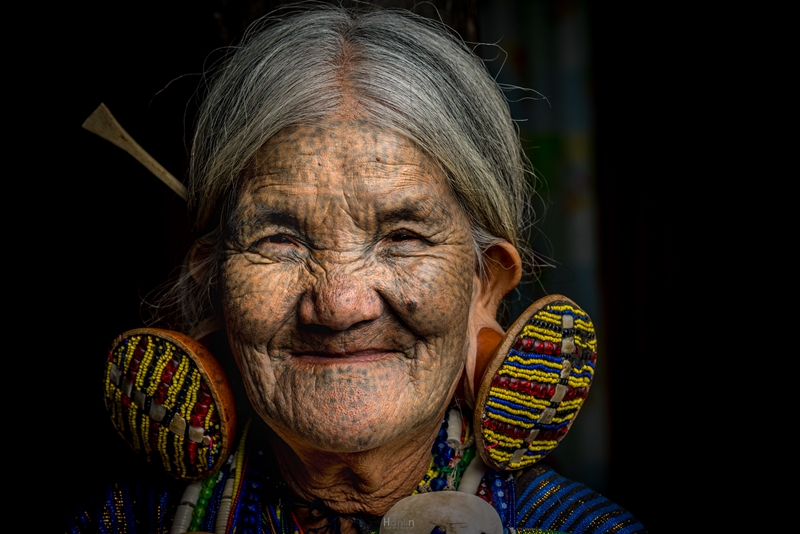
Traditional drums and shaped earrings are commonly worn by Chin ladies. She adored her jewelry and informed us that this style of earring is no longer manufactured.
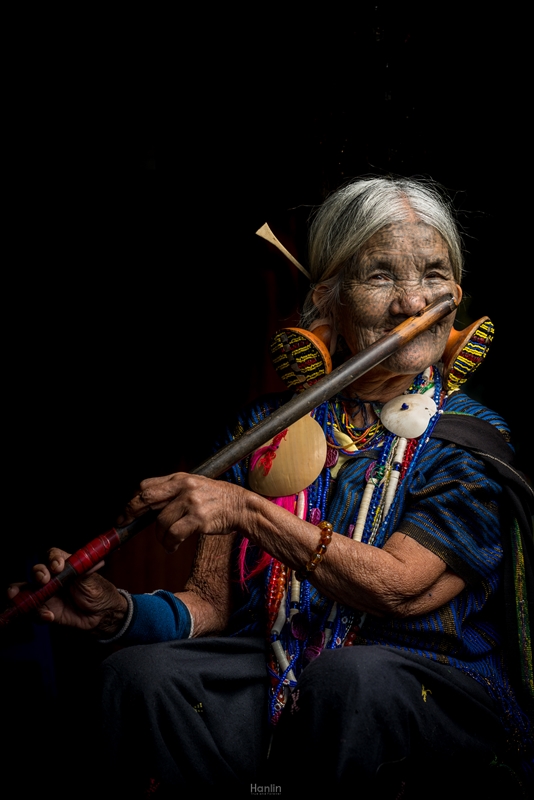
She began playing the nose flute at the age of 15. She also informs us that playing a flute with the nose is difficult and requires a lot of work and stamina to make it sound correct. She talked gently in Chin dialect, and her daughter assisted in repeating it to our Chin local guide, who translated it to our driver in Burmese, and our driver translated it to English for us. Yet language isn’t a barrier; even though we couldn’t understand each other, she was still very welcoming and entertaining us, smiling wonderfully and holding our hands.
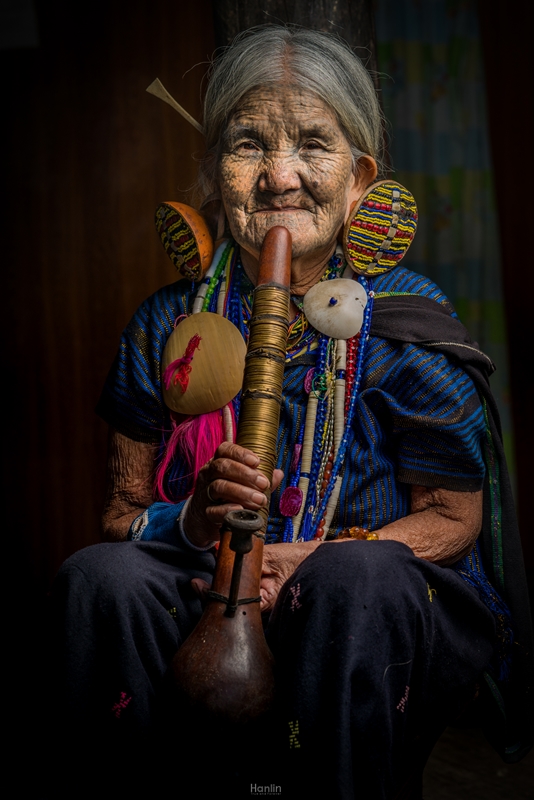
She also demonstrated the water pipe she used to smoke with decades ago.
Near Mindat, three Chin tribes called Munn, Mkang, and Dai reside, each with a unique tattoo pattern. There are primarily two types of facial tattoo styles.
– Munn’s tattoo style consists of straight lines from the brow to the neck, with circles in between and small dots on the brow and chin. The color scheme is predominantly black and lighter.
– The Dai and Mkang share similar tattoo styles, with minor changes in the intensity and lightness of the colors. They all have tattoos on their faces but not on their necks; many squares are drawn on their faces and thickly filled with dots. Dai women prefer dark blue and green blue.
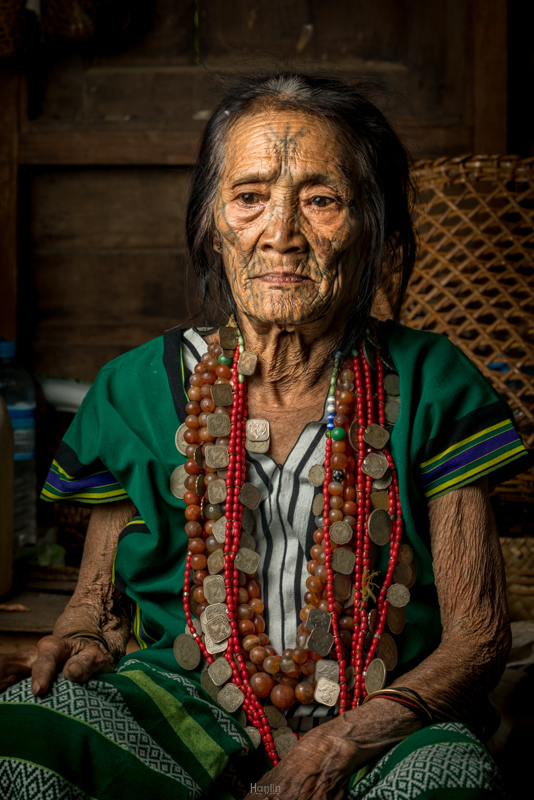
The Munn tribe’s faces contain distinct letter “B” patterns, as well as an animist tree motif on their foreheads.
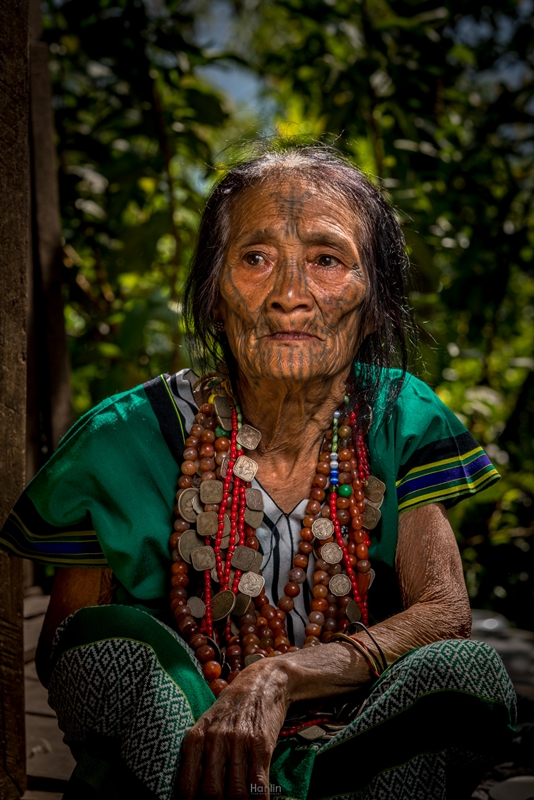
Chin tribe ladies are particularly known for the beautiful ink decorations that cover their entire face. This tradition dates back decades, when various tribes in Myanmar’s Chin area began tattooing the faces of all young women.
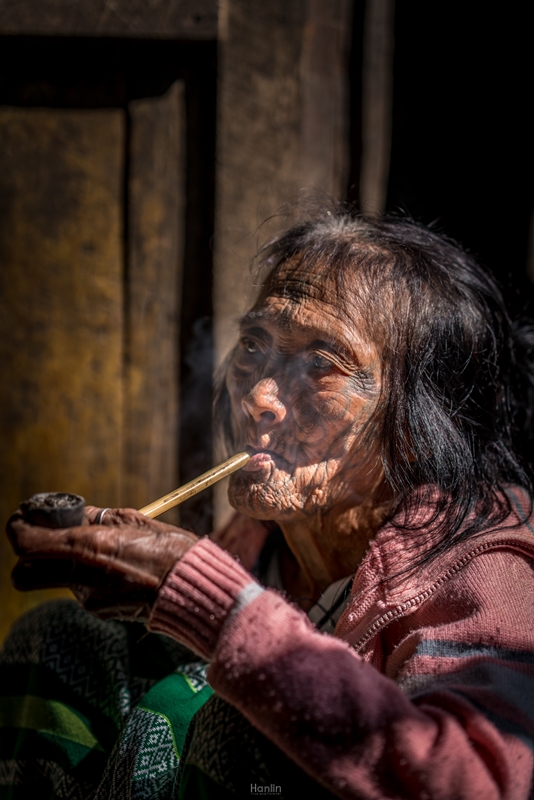
Females are the only ones that get chin facial tattoos. Just after a girl reaches puberty, between the ages of 12 and 14, is the optimal period for tattooing before her facial skin matures and becomes too hard or painful.
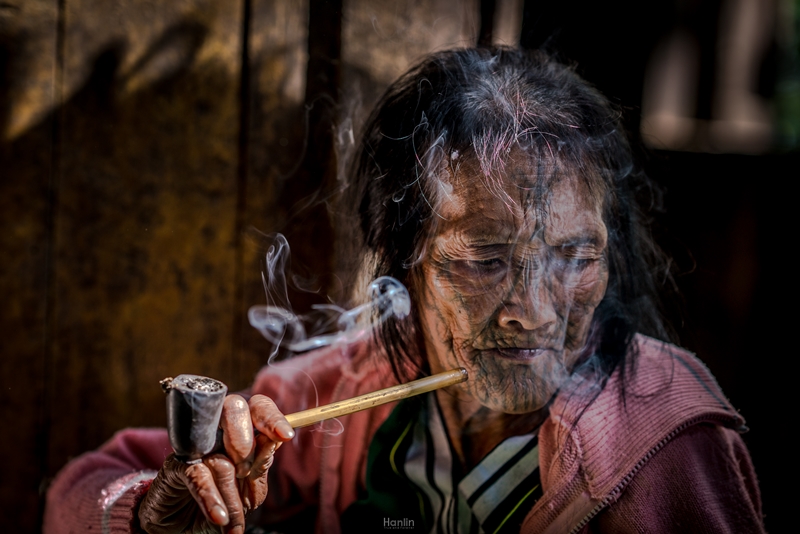 In the past, smoking was considered a status symbol, and if it was cheap, many people would smoke merely because it was considered a show of riches.
In the past, smoking was considered a status symbol, and if it was cheap, many people would smoke merely because it was considered a show of riches.
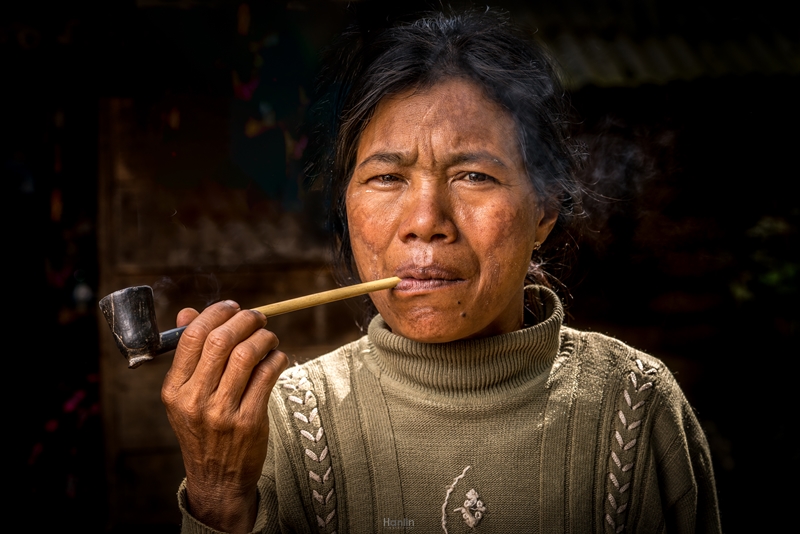
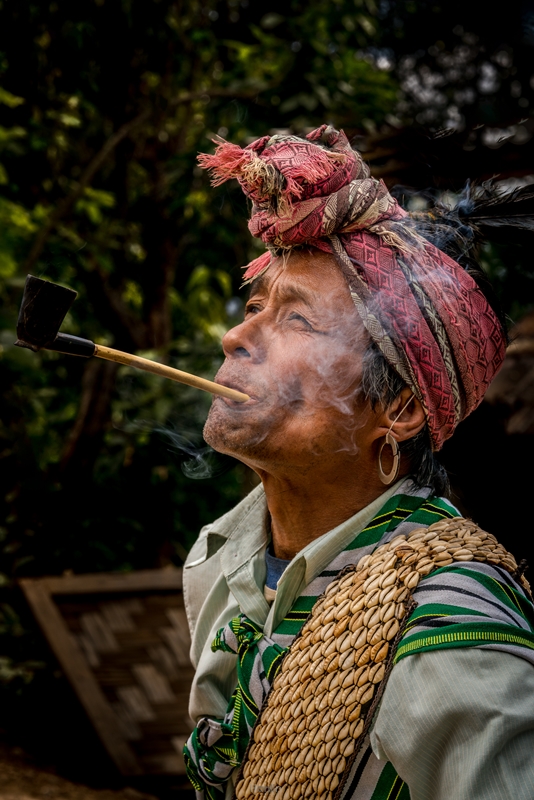
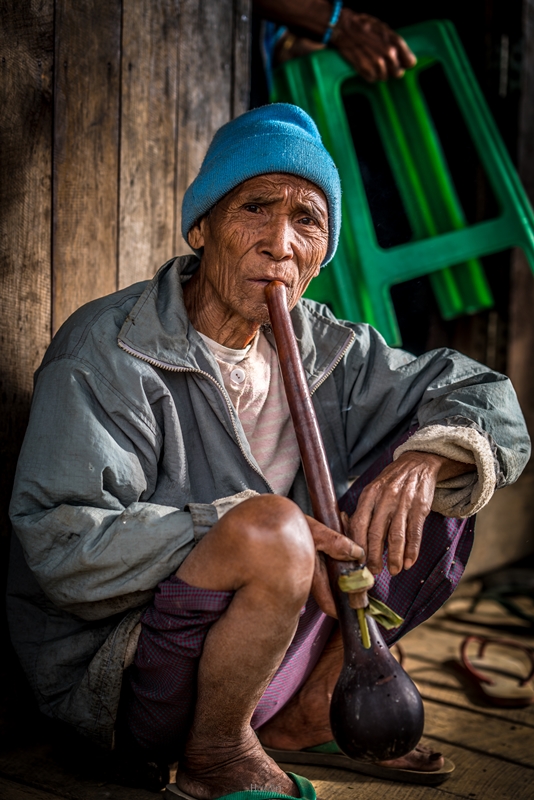
The traditional method of “smoking” in the Chin Hills is the usage of nicotine liquid known as Thibur. Thibur is primarily consumed by the elderly, who keep the juice in their mouths before spitting it out.
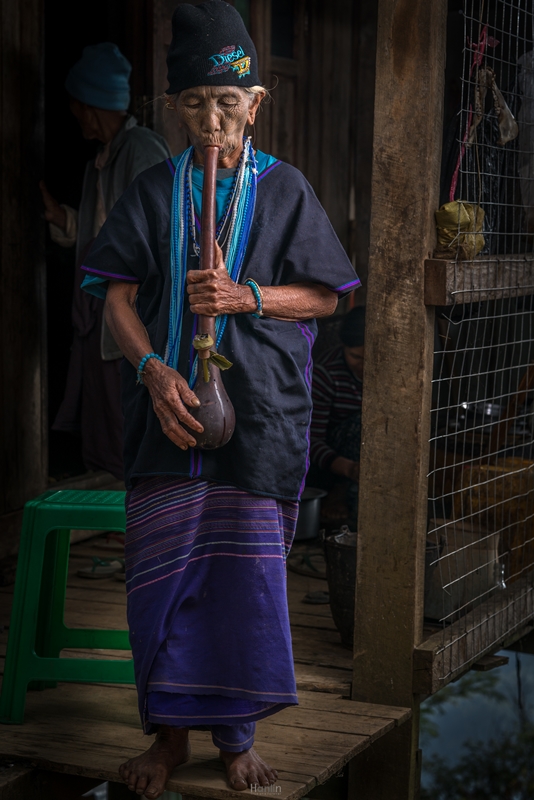
The elderly transport thibur in little gourd containers. To make thibur, nicotine is smoked in a water pipe, resulting in thibur drippings.
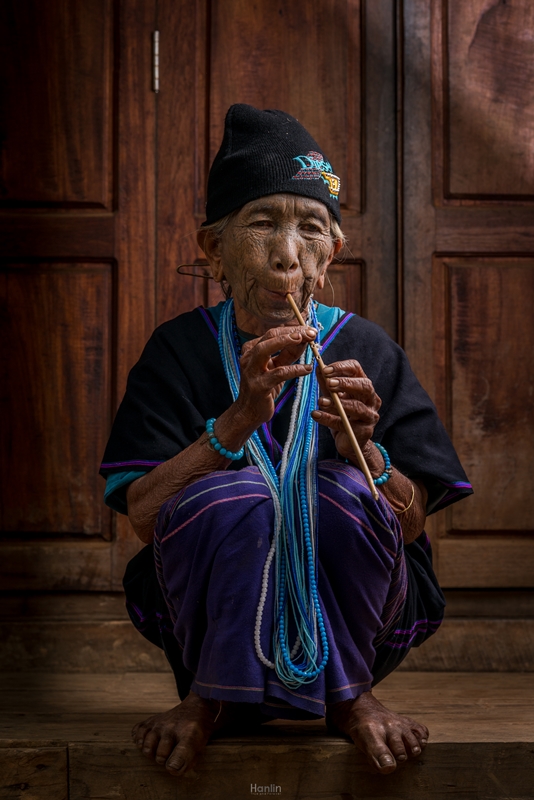
She’s playing her handmade instrument.
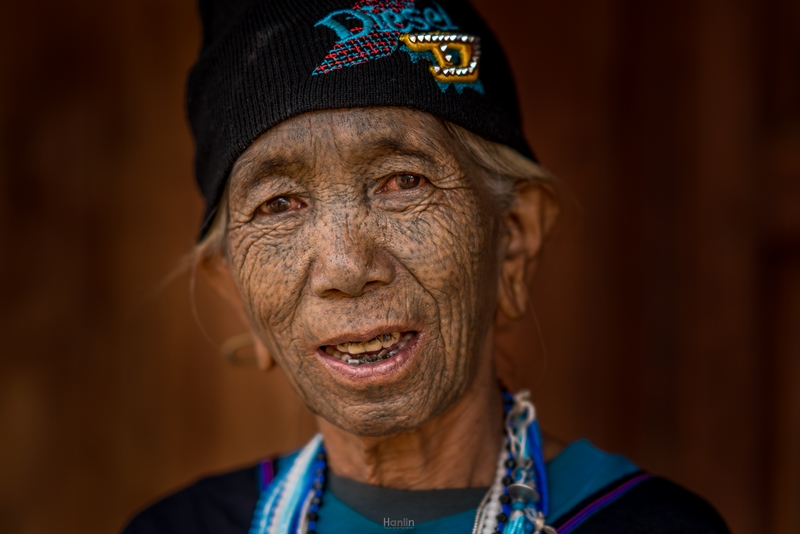
Each section of Chin state has its own tattoo pattern, so it is typically possible to tell where a woman is from by the tattoo on her face.
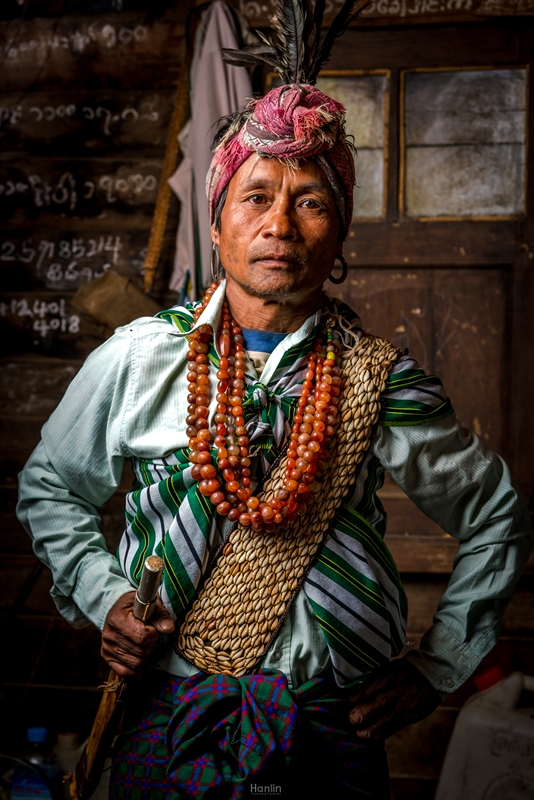
Chin’s Tribe man in traditional headgear and dress.
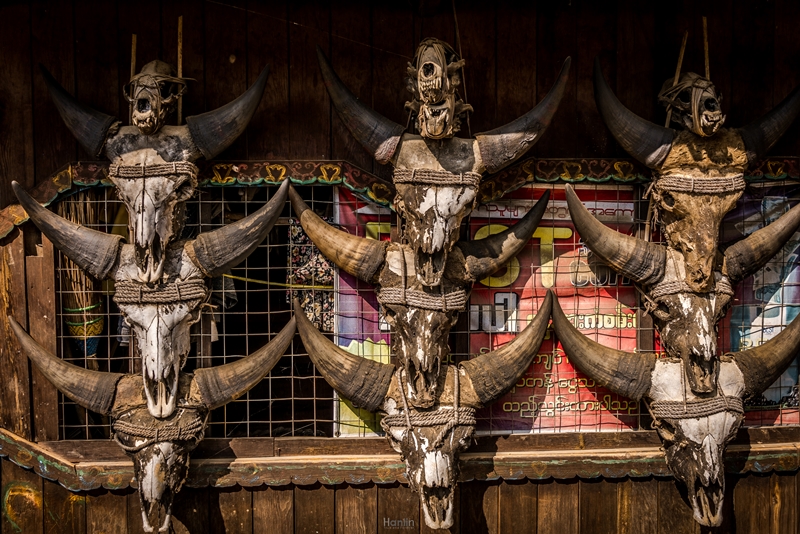
A skull of an animal hangs in front of each house in Mindat town. Mithun (wild ox) represents the family’s riches; Mithun is also a value standard, similar to money or gold. Mithun are typically used for ritual sacrifice and meat consumption.
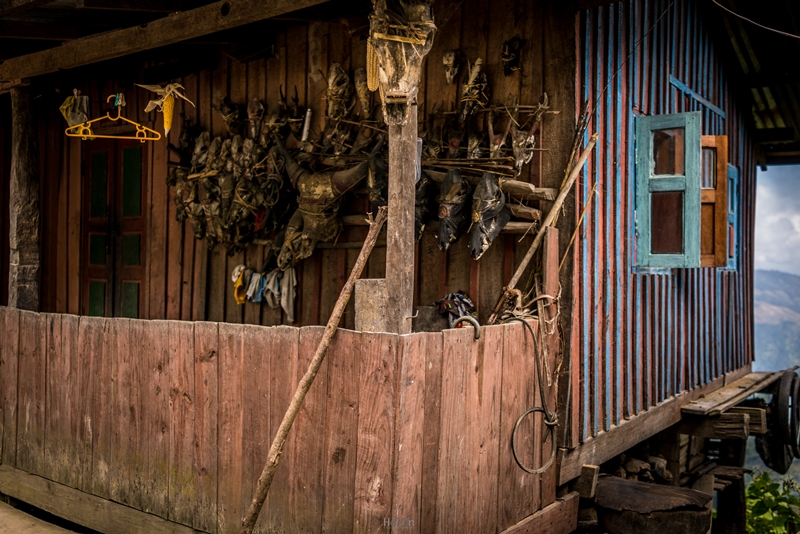
Every house in the community is adorned with the skulls of goats, bulls, and other wild creatures captured from the forest. There is a sense of pleasure in decorating their homes with these skulls since it demonstrates their power, riches, and reputation.
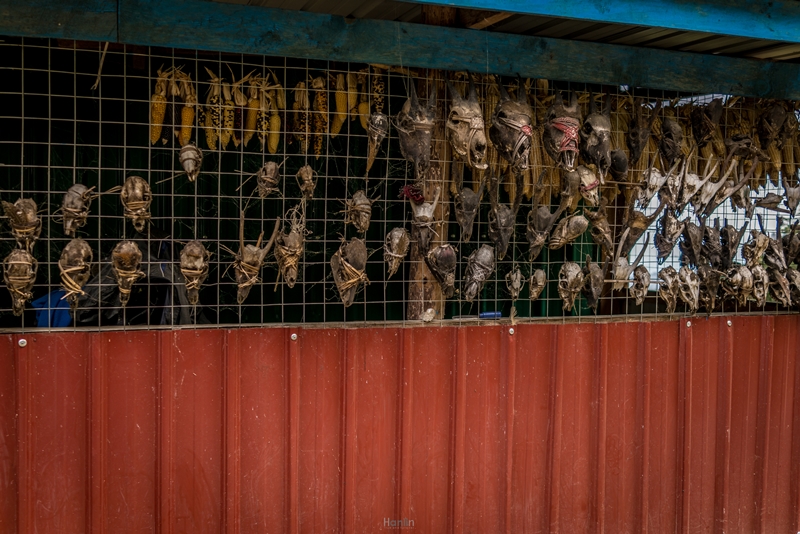
Nowadays, the majority of Chins are Christians, a few are Buddhists, and a few are animists. “Animism encompasses the belief that there is no separation between the spiritual and physical (or material) worlds, and that souls or spirits exist, not only in humans, but also in some other animals, plants, rocks, geographical features such as mountains or rivers, or other natural environment entities such as thunder, wind, and shadows,” according to Wikipedia.
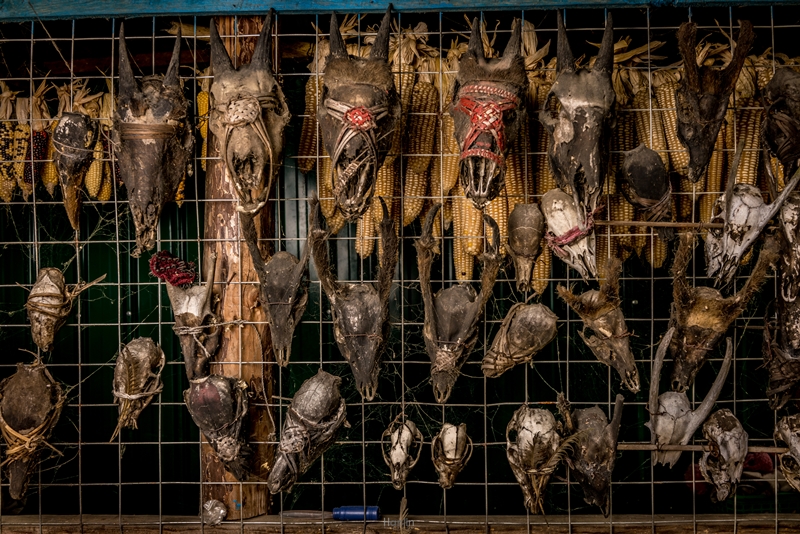
The Chin people are 98% Christian. Ann and Adoniram Judson were the first Protestant missionaries to Burma in 1813, and they labored among the Karen people, who accepted Christ. They subsequently began to inform their near kin, the Chin.
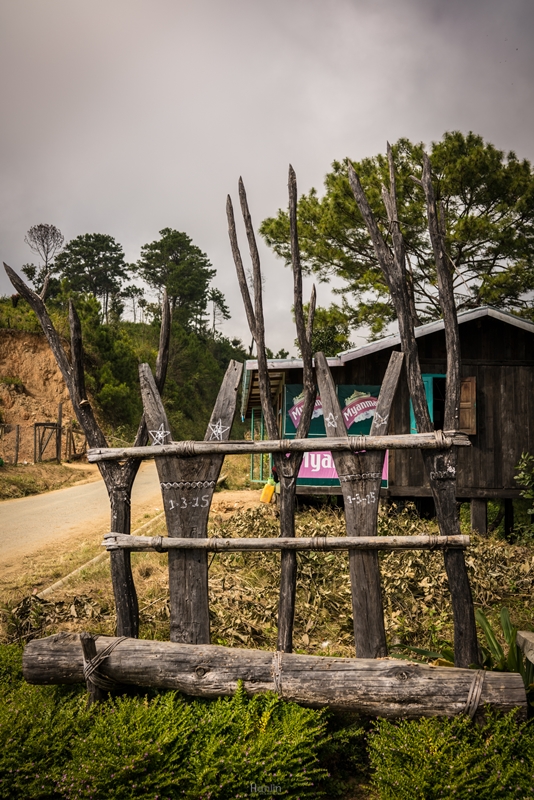
There are Y-shaped wooden poles in Mindat. These are easily found on the route in the communities of the forest and mountains, and they are utilized for rituals as a location to put a cow. Massive wood spike with several carvings for different meanings to symbolize the number of animals sacrificed.
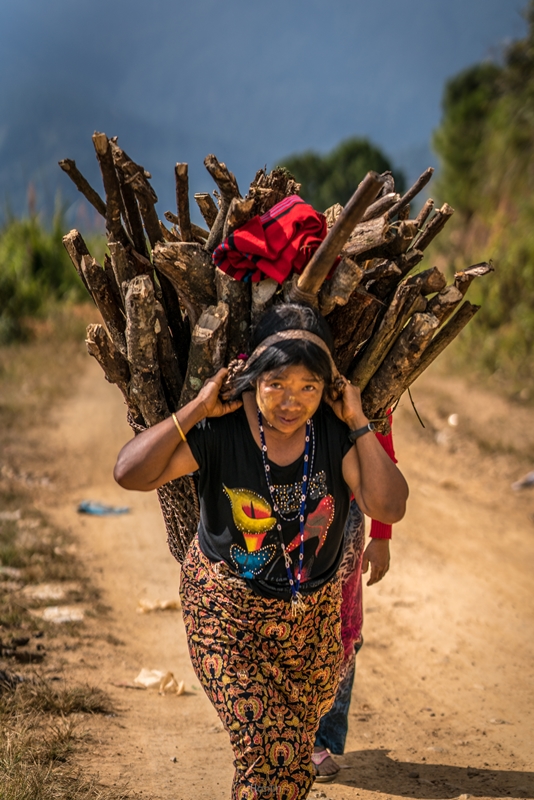
We saw this lady carrying trees on our way to see the Chin tattooed face lady in the village. They’re carrying a basket known as a Chin head basket.
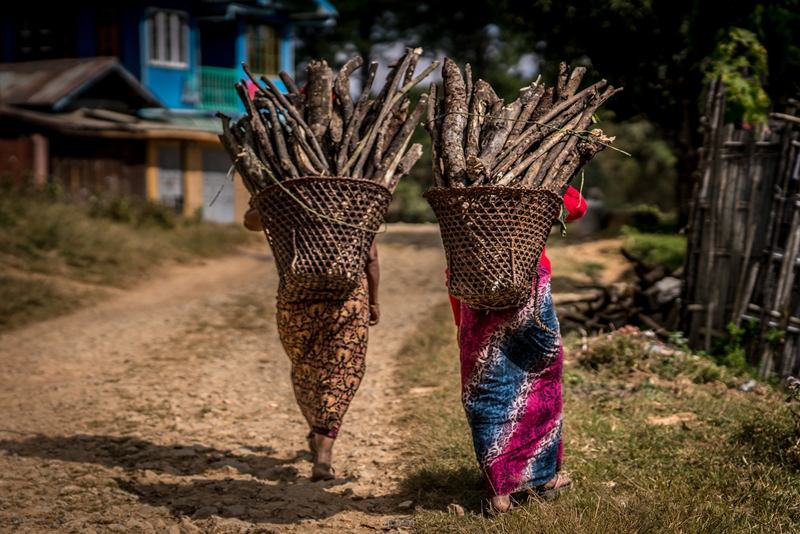
Chin people have been carrying enormous loads since they were children, and wearing a hefty head basket over their heads is not an issue for them. This is not a simple process for us to begin with.
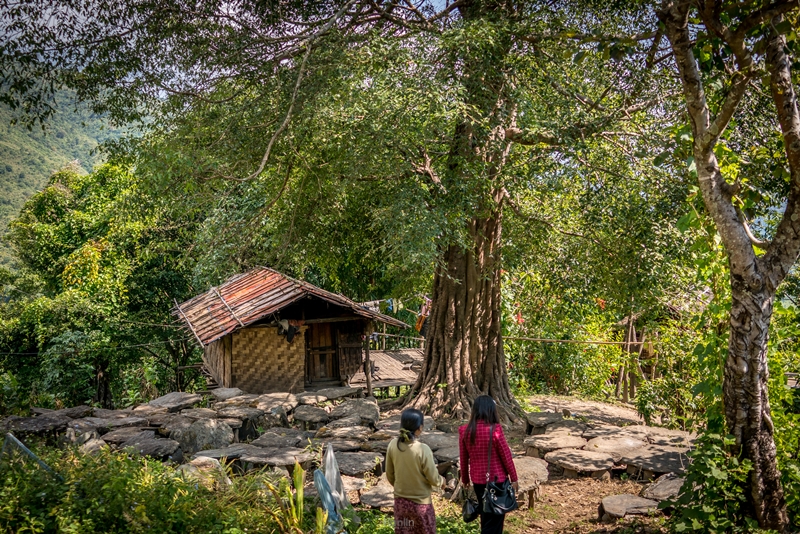
The locals take us to the Mithun (wild ox) graveyard, where they preserve and keep all the bones of the killed Mithun (wild ox).
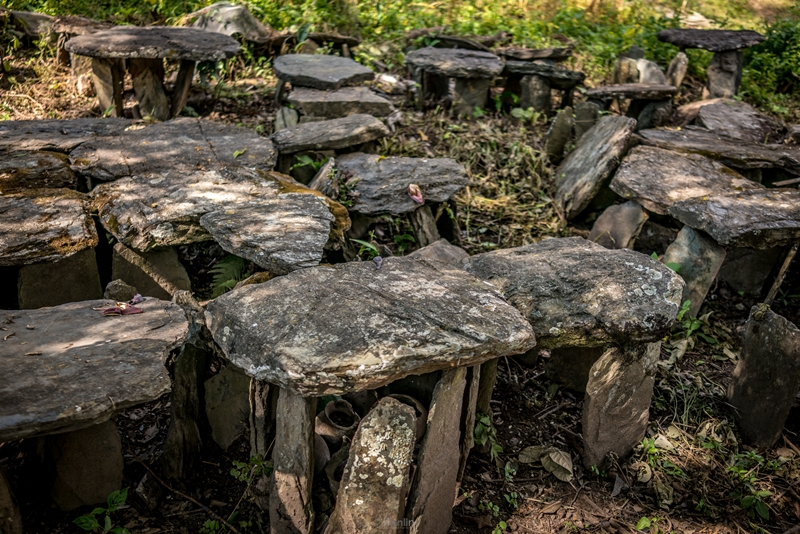
The cemetery itself is shaped like a squarish table with legs made of stones.
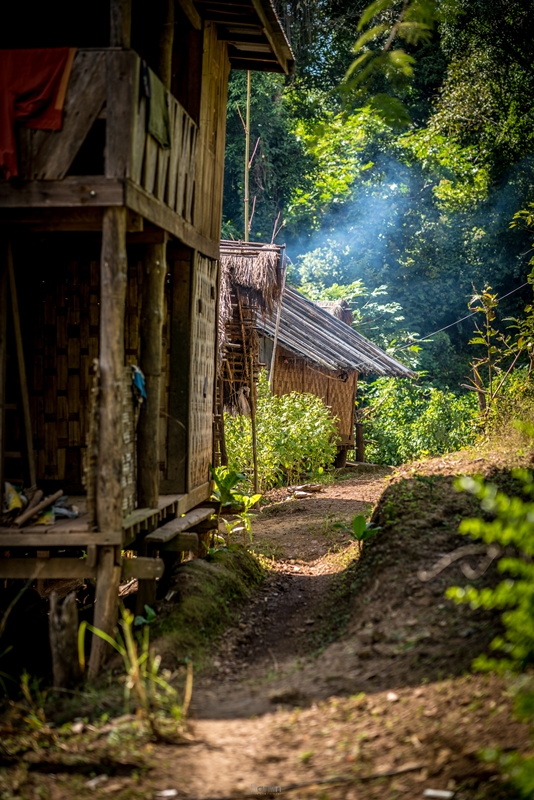
All activities in a Chin residence take place on the floor where food is made and consumed.
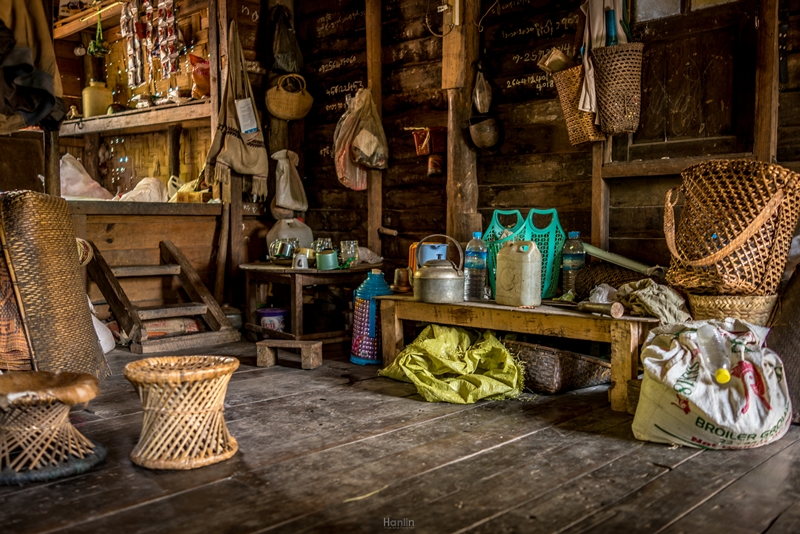
Mats are rolled out for sleeping at night and then rolled up or stacked away during the day. It is disrespectful to enter Chin’s house while wearing shoes because they only have one room and the floor is the focal point of family life.
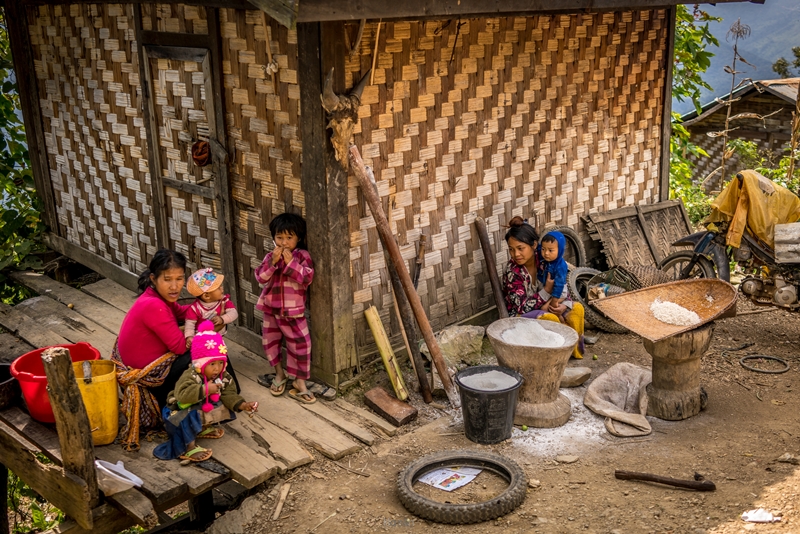
We met two lovely ladies and their children as they prepared rice flour in front of their home in the traditional manner.
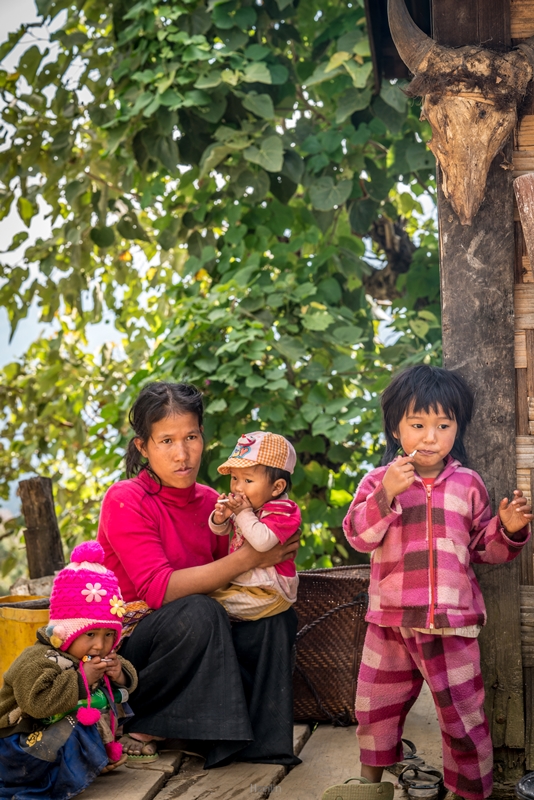
In the past, most Chin village households had more than three children, and some even had up to ten.
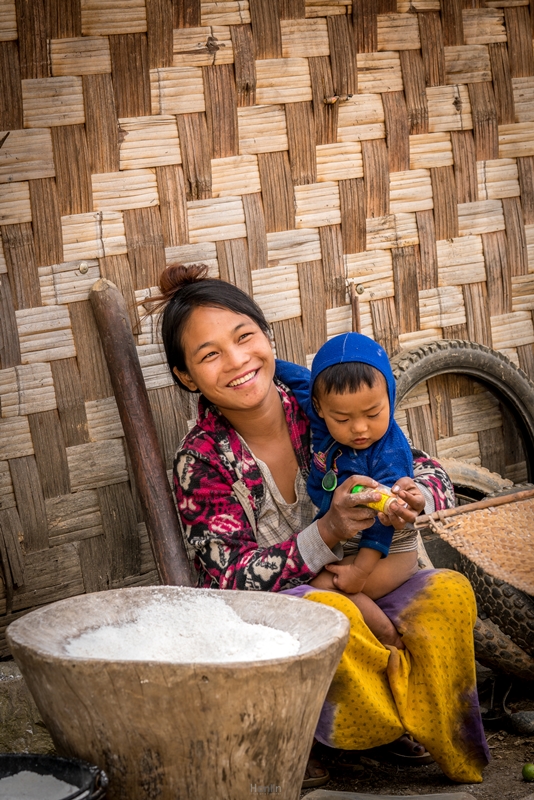
She is overjoyed when we give her medicine and snacks. Because of the distant location and limited access to hospitals, our local guide stated that they would prefer to receive medicine rather than money.
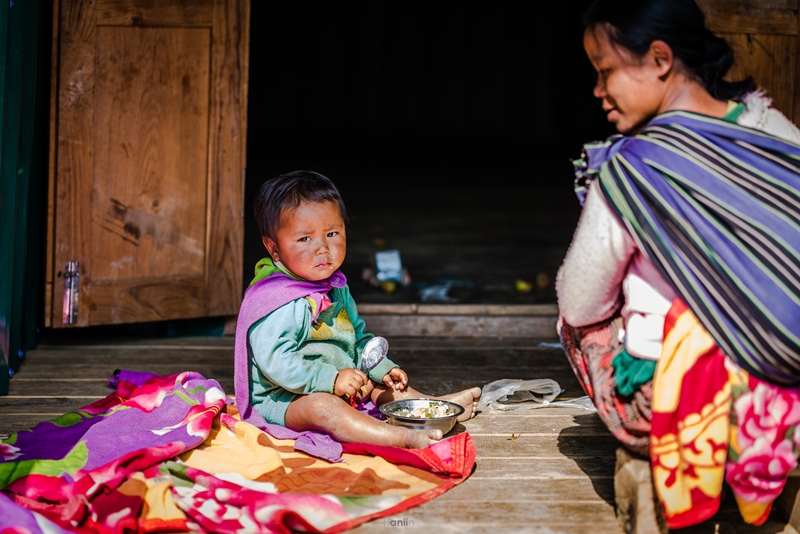
Chin culture is a male-dominated culture in which women are responsible for bearing babies and doing housework, and some women also work on plantations.
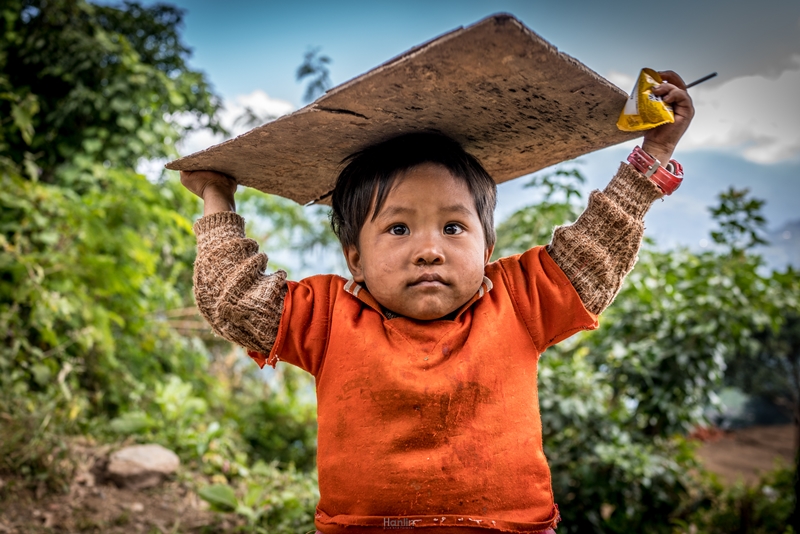 Happy kids in Chin Village.
Happy kids in Chin Village.
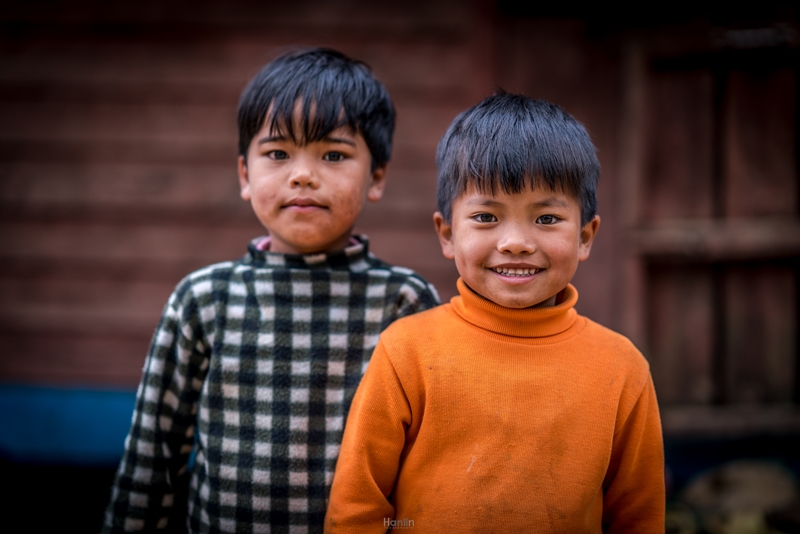
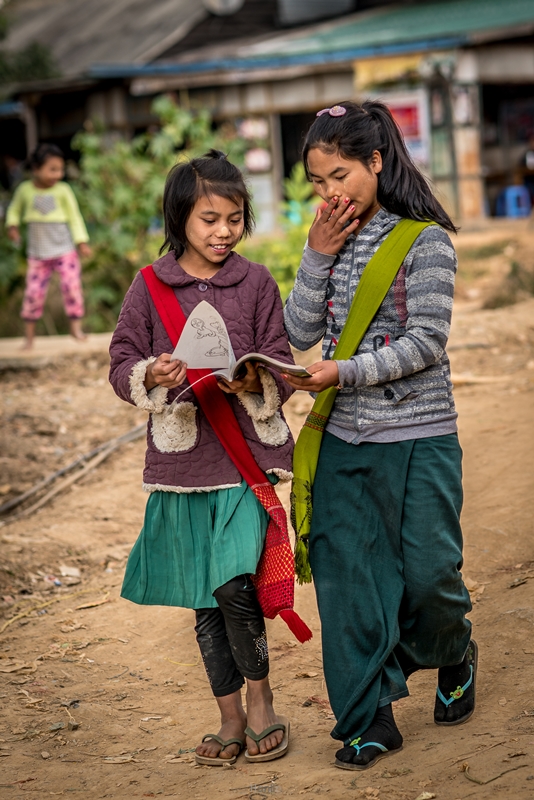
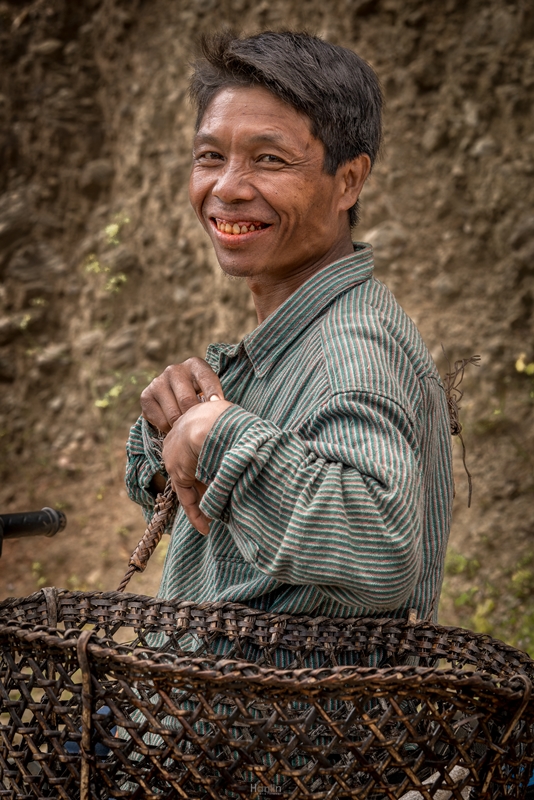
He had a joyful expression on his face as he received some medicine during our short trip around the village to give medicine.
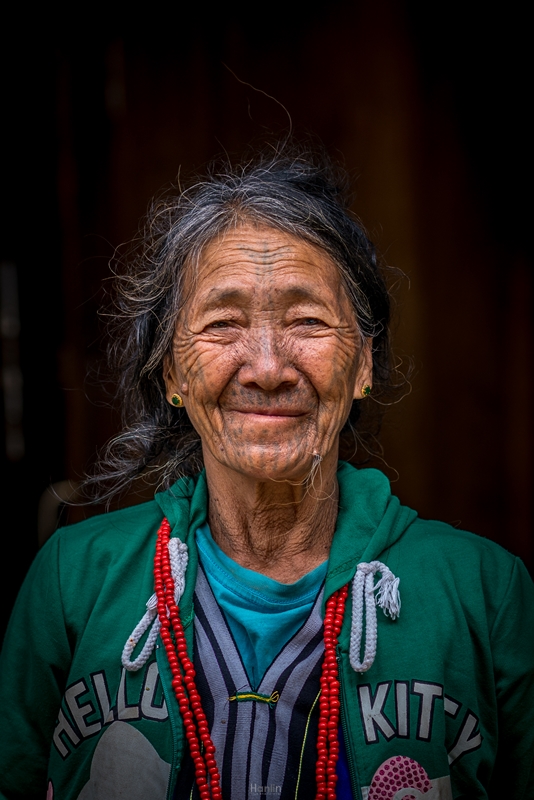
Chin woman with a faded tattoo on her face from years of use. Her grin will make your heart melt. We met her on a little walk through the hamlet with our driver and local guide to distribute medicine.
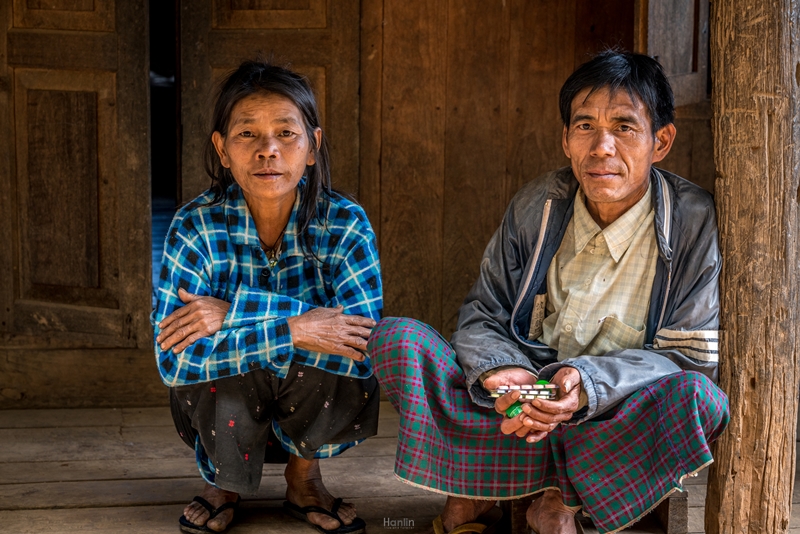
Friendly couple we met at Chin village.
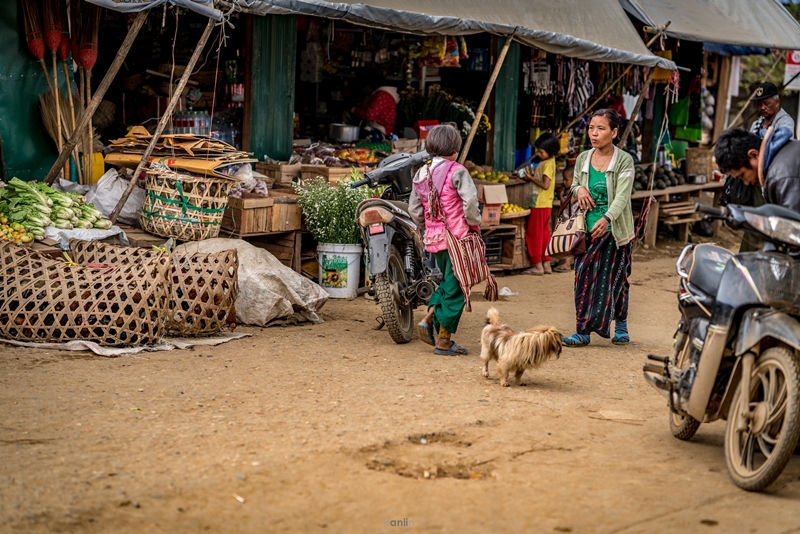
Mindat traditional market.
All Photographs taken by © Teh Han Lin
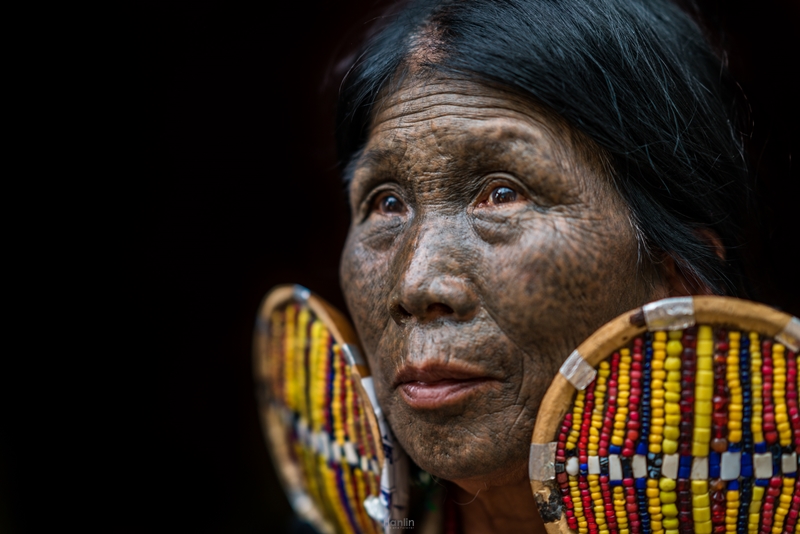
I also want to access the village to reach that beautiful women. Would you please to help me the information about them:
– Can i go to Mindat village by bus or public transportation?
– Do i really need a local guide to go there? I want to go by myself for saving.
– Are the people in that village friendly and easy-going with the camera? I want to take a lot of photo, i think they are beautiful and special 🙂
Thank you very much for your advice.
-r
Hi @Raven
-Yes you can visit Mindat town with public transport, but its more convenient to rent a car.
-You can go without local guide, but its hard to communicate as there is only a few understand English, and their English is very limited, e.g. when we go to coffee shop without our guide, we have a hard time to order even a cup of coffee and tea.
-No, especially Chin tattooed lady, they are very shy and will avoid any camera that point to them, except we tell them and ask permission or explain.